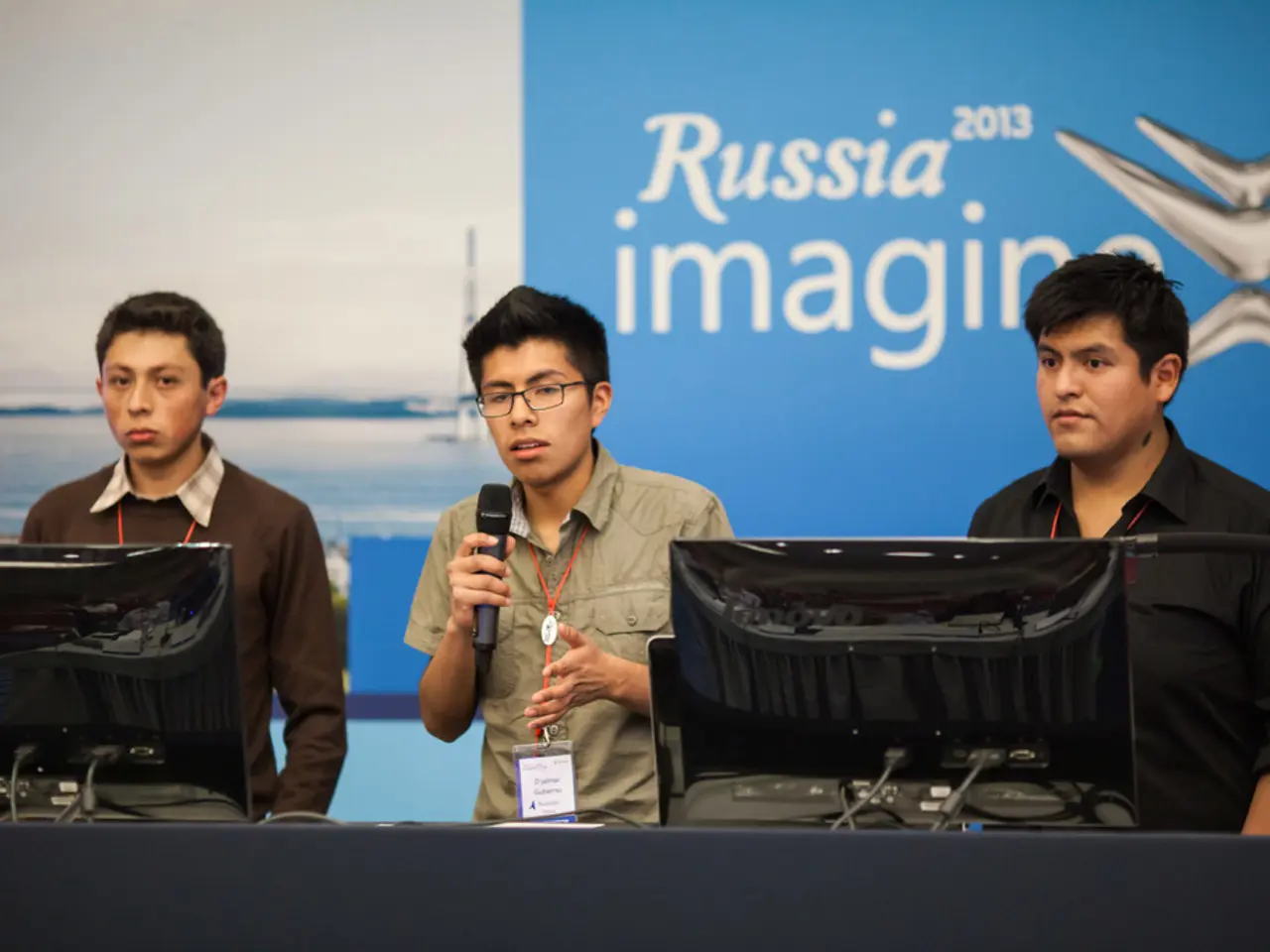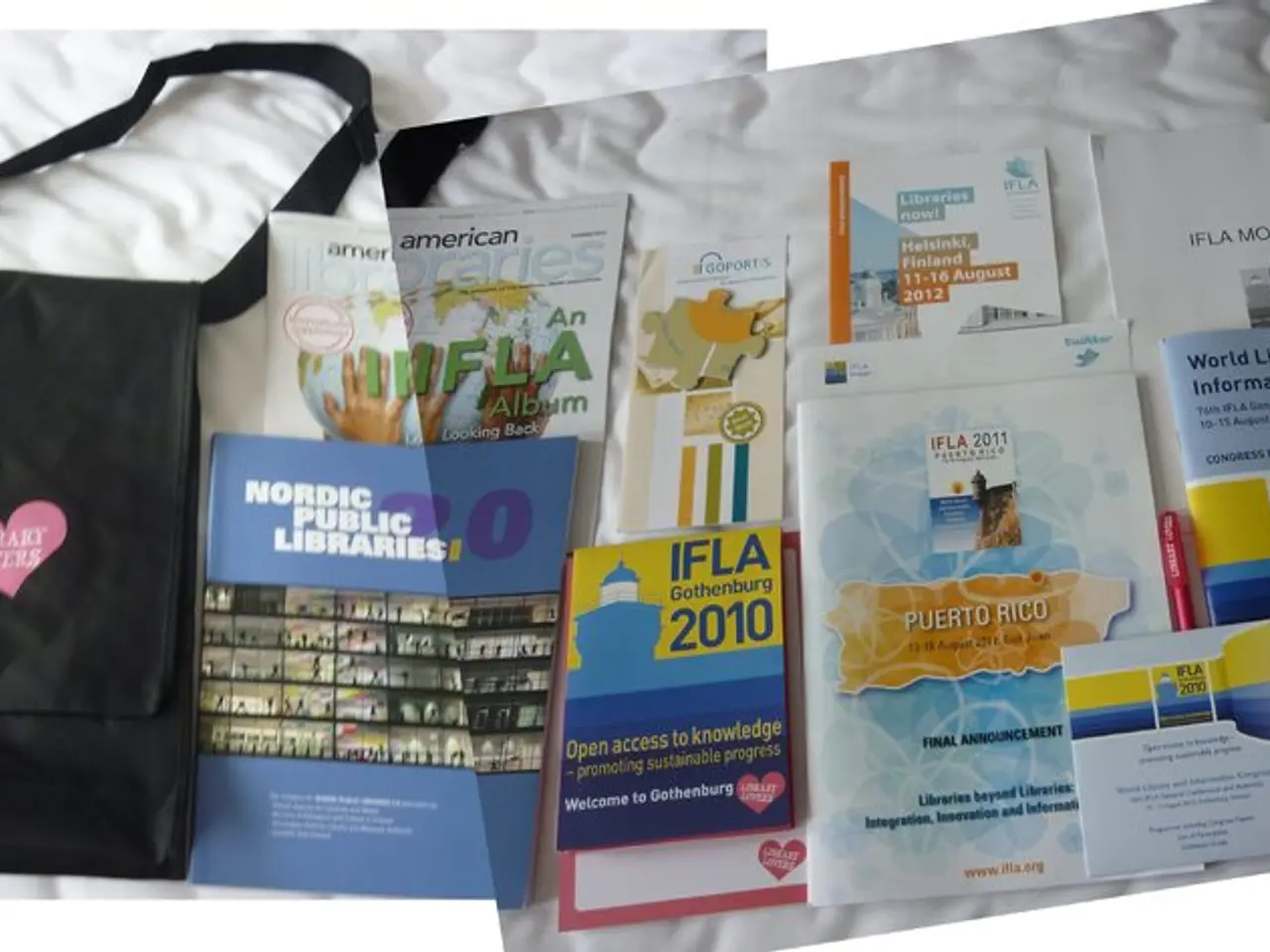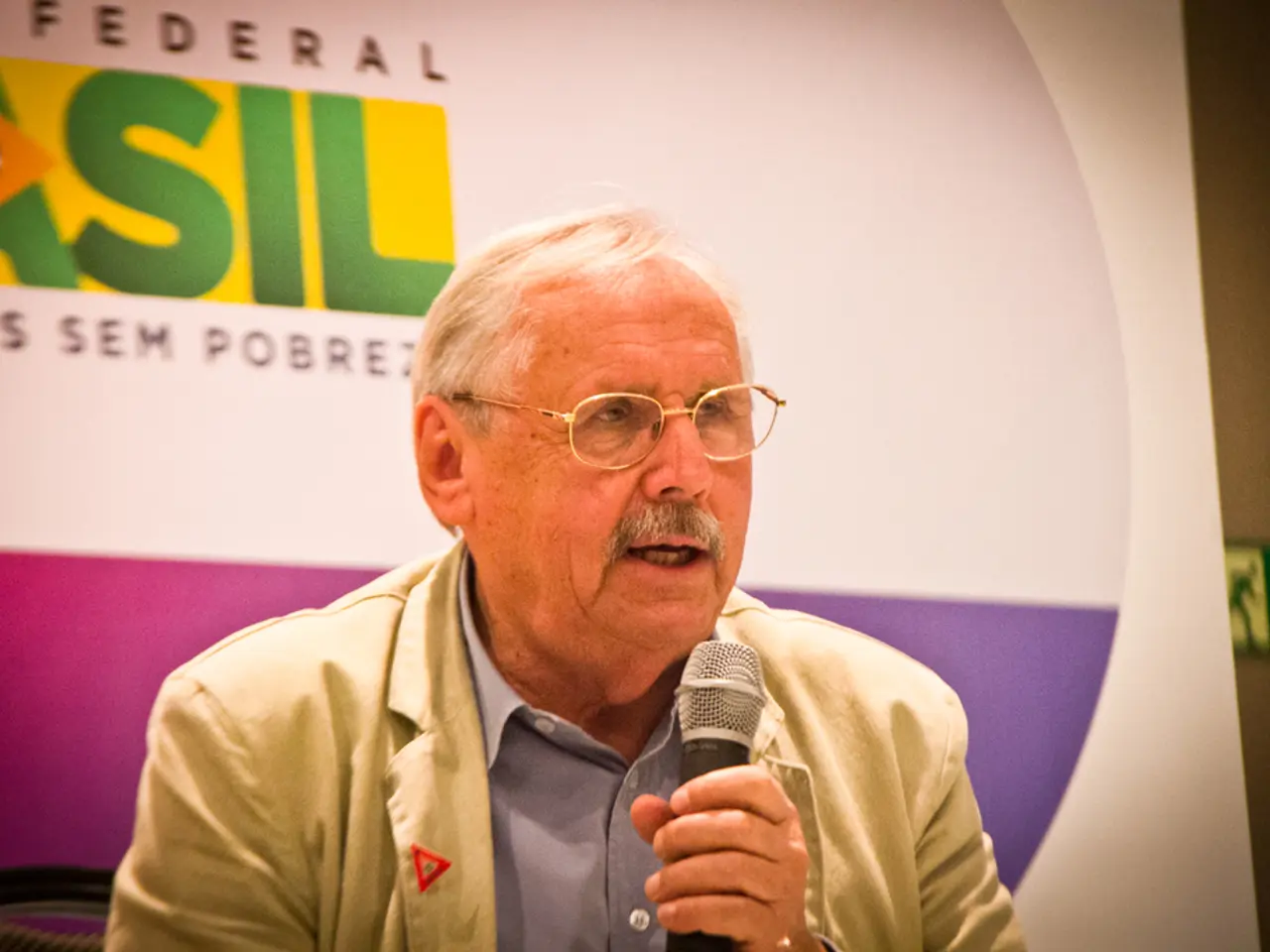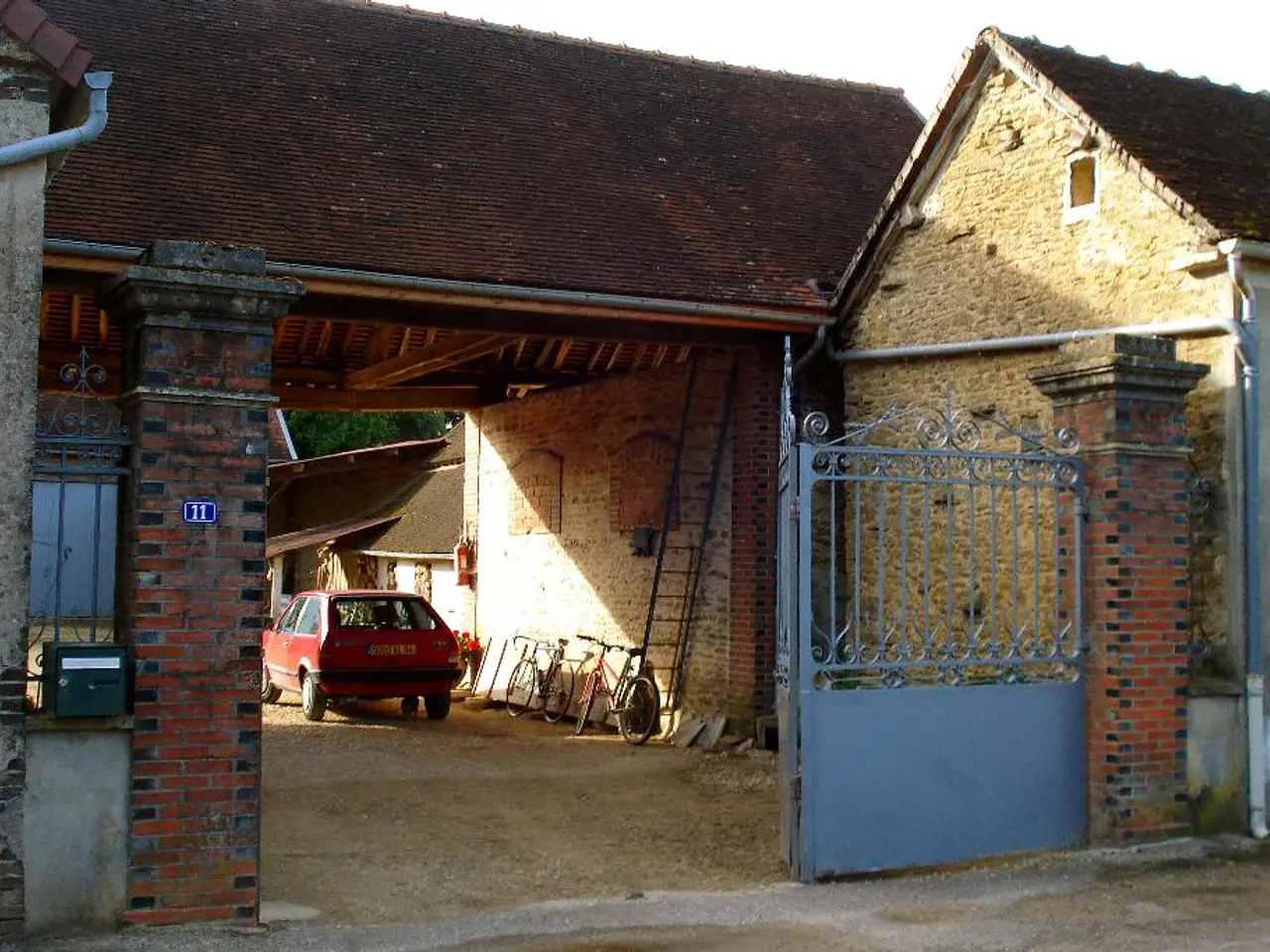Competing events replaced by rotating showcases
The Agency for Political and Economic Communications (APEC) has identified personnel rotations in Russian regions during electoral campaigns as a significant political management tool. These rotations serve to replace ineffective regional leaders with individuals who can better secure desired electoral outcomes.
According to APEC's latest report, "Rating of Influence of Heads of Russian Federation Subjects. Russian Regions and Regional Politics," there is a trend of increased rotation of officials in regions hosting major electoral campaigns. This strategic move aims to strengthen political control and boost the ruling party's chances.
Such rotations reflect a tactical adaptation responding to electoral pressures and regional governance challenges. They often involve reassigning or replacing regional officials whose performance or loyalty may undermine electoral goals. Fresh personnel perceived as more loyal or competent in mobilizing voter bases are incorporated into the system.
Moreover, these rotations serve as a signal to regional political elites about the importance of alignment with central leadership to maintain their posts. The trend is not limited to regions with upcoming elections but also extends to subjects facing additional economic challenges, such as coal mining centers.
Local elites and parties are intensifying preparations for the 2026 State Duma elections. After the SVD-2025, a new wave of reshuffles is likely to occur at the regional government and municipal levels. APEC General Director Dmitry Orlov states that the demand for personnel rotations from the population and elites is evident "almost everywhere."
Intra-elite conflicts are escalating in several regions due to the municipal reform. These conflicts can draw the attention of opposition parties to regions where such contradictions are most pronounced. The report notes that these escalating conflicts, in the run-up to the Duma elections, can serve as a point of focus for opposition parties.
Analysts predict that in August-September, the heads of key municipalities, along with officials responsible for the functioning of communal networks, will be in the "risk zone." Additionally, a significant increase in informational attacks against current deputies elected in single-mandate districts is expected, particularly in regions with "complex intra-elite configurations" and in protest areas.
However, it's important to note that the report does not mention any new demand for personnel rotations from the population and elites "almost everywhere," or any response from the Kremlin to such demand. Furthermore, the report does not indicate any intensification of personnel rotations in subjects not associated with major elections but facing "additional economic challenges," including coal mining centers.
The Kremlin acknowledges and reacts promptly to this demand, especially in election regions, according to Orlov. The trend includes discussions about the prospects of State Duma transitions for heads of municipalities and prominent deputies of legislative assemblies.
In conclusion, personnel rotations in Russian regions during electoral campaigns serve as a strategic tool for political consolidation. They aim to maintain political stability across federal subjects by replacing ineffective leaders with individuals who can better secure desired electoral outcomes. As the 2026 State Duma elections approach, these rotations are expected to continue, with key municipalities and officials in the "risk zone."
Policy-and-legislation developments surrounding personnel rotations in Russian regions during electoral campaigns have become a significant focus in the general news, as per the Agency for Political and Economic Communications (APEC). The increasing tendency of personnel rotations is viewed as a political strategy to ensure political control and enhance the ruling party's electoral prospects.
As APEC General Director Dmitry Orlov has stated, the demand for personnel rotations from the population and elites is notable "almost everywhere," emphasizing the strategic importance of these rotations in Russian regions.






